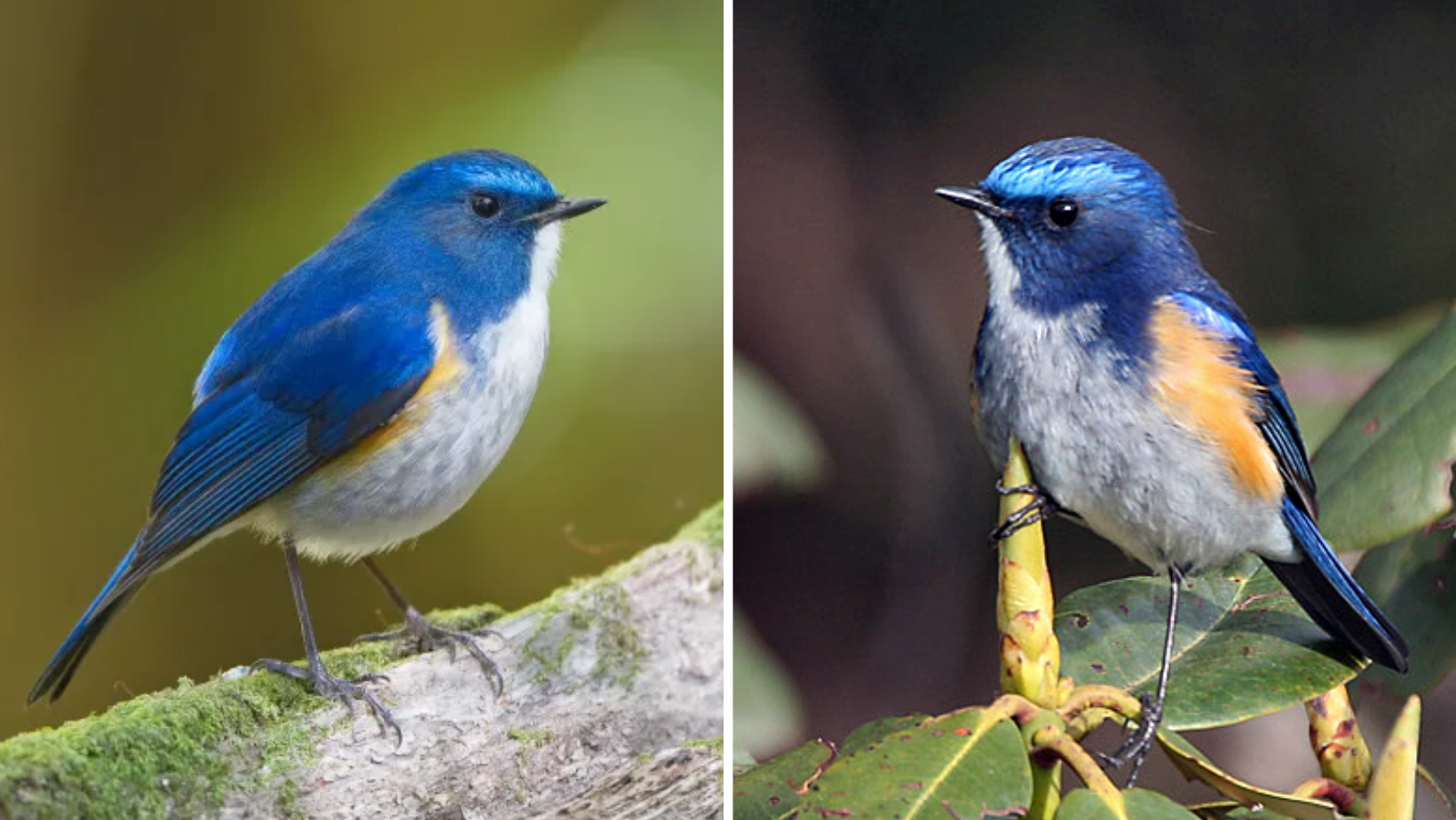
In his range, he is unmistakable in his range wearing his suit of blazing sapphire blue, fiery orange, and ultramarine.
Meet the Himalayan Blue-tail
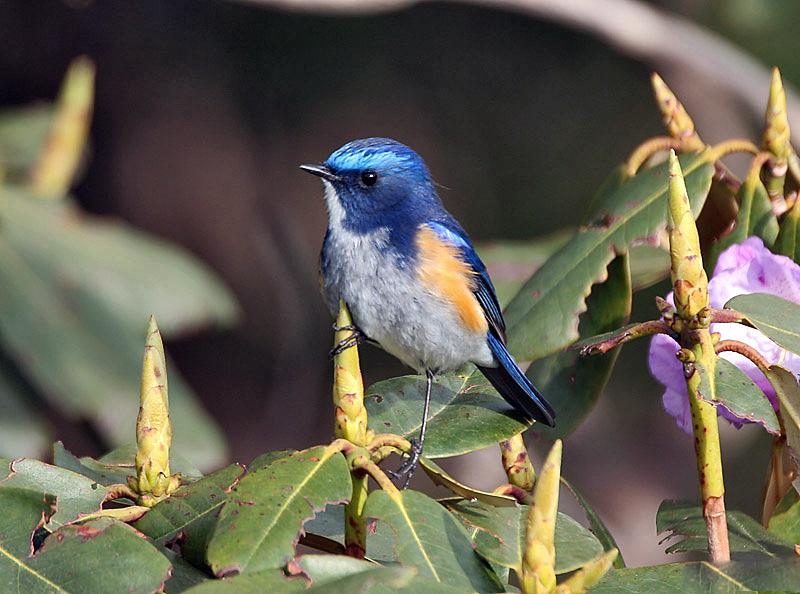
“File:Tarsiger rufilatus (Male) I IMG 7295.jpg” by J.M.Garg is licensed under CC BY-SA 3.0.
The Himalayan bluetail or Himalayan red-flanked bush-robin (Tarsiger rufilatus) measures 15 cm in length weighing in at 11 – 14 grams. The male sports a dark blue head and upper parts, with iridescent pale blue supercilium and matching shoulder patches. He also wears a cobalt-blue rump, upper tail coverts, and a tail edged in a similar color. His chin, throat, and belly, are white flecked with gray, the flanks have a broad orange patch. His eyes are brown, his legs and bill black.

“Himalayan Bluetail” by Mike Prince is licensed under CC BY 2.0.
The female is duller than her male counterparts, wearing a suit of grey-brown with a sky-blue rump and white eyering. Her chin and throat are white, her breast gray-brown, with flanks a similar orange to the male.
Juvenile birds are dull brown with a light blue tail with a trace of orange on their flanks.
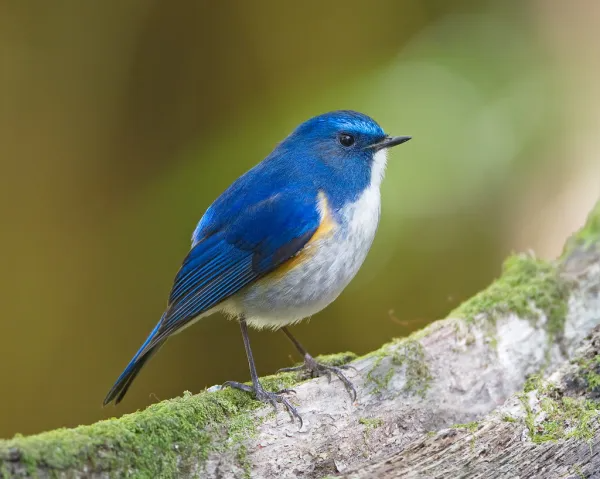
“Himalayan Bluetail” by JJ Harrison is licensed under CC BY-SA 2.0.
This bird is found in the Himalayas up to 3000 to 4400 meters, but not beyond the treeline.
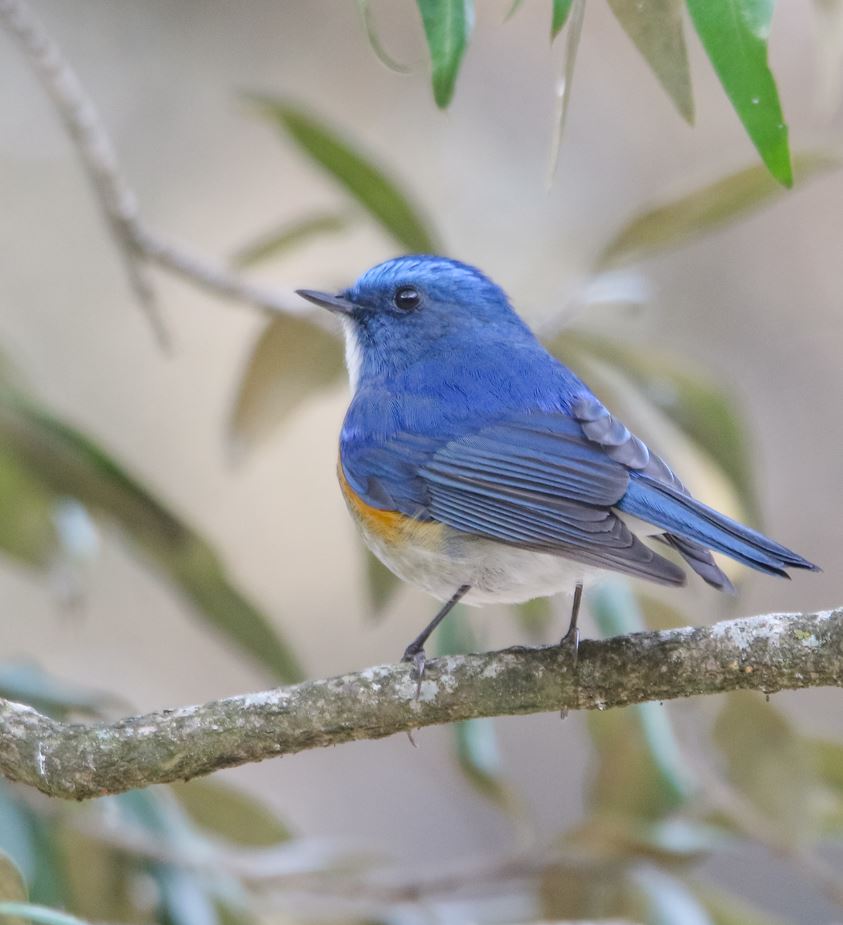
“Himalayan Bluetail (Tarsiger rufilatus) (52603183008)” by Imran Shah from Islamabad, Pakistan is licensed under CC BY-SA 2.0.
They prefer to live in the bush layer (dwarf rhododendron in wetter areas, deciduous bushes in drier) of conifer and mixed conifer-oak forest, as well as main species fir (Abies) but sometimes in areas with Picea smithiana or Pinus wallichiana/Cupressus torulosa forest.
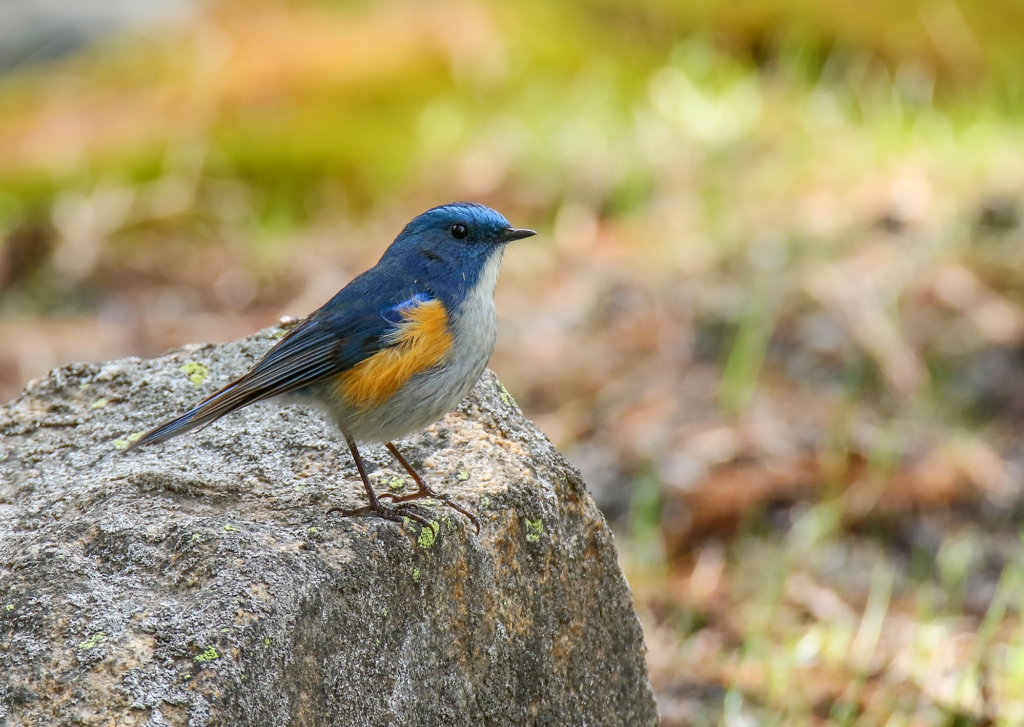
“Tarsiger rufilatus 16580925” by Imran Shah is licensed under CC BY-SA 4.0.
The Himalayan bluetail dines on insects, including beetles, however, they also take berries and seeds.
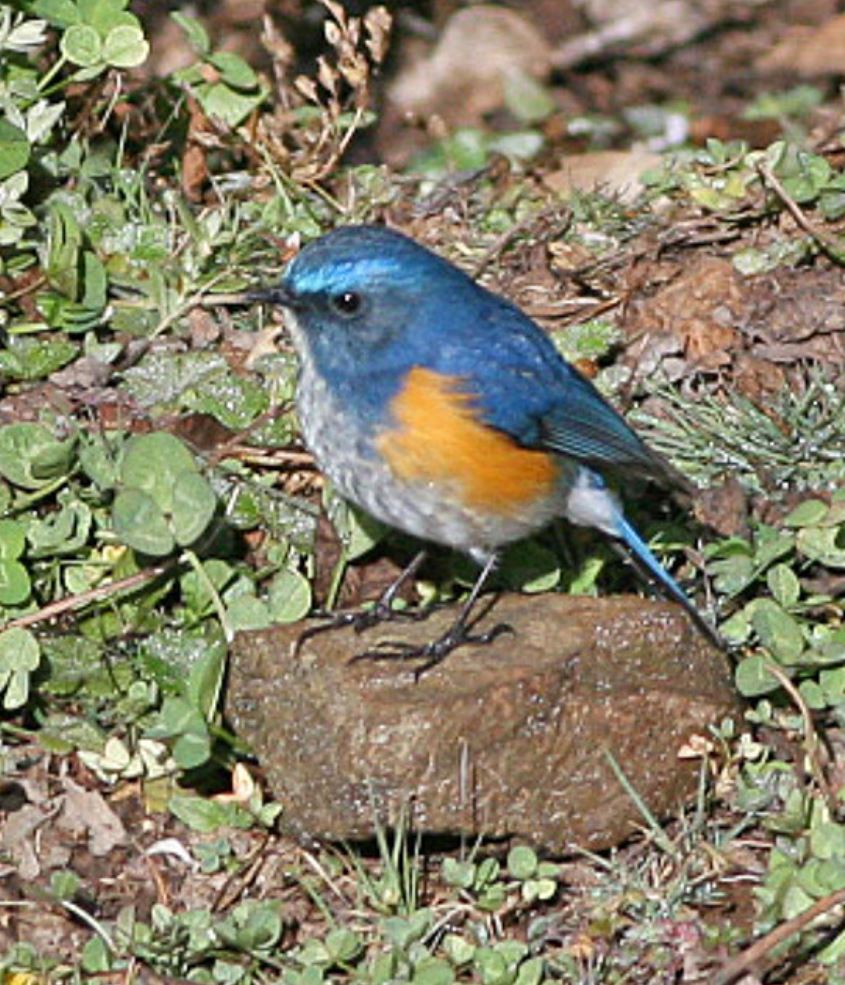
“Himalayan Bluetail (Tarsiger rufilatus)” by sussexbirder is licensed under CC BY 2.0.
These birds breed from June through to July when they build a loose cup-shaped nest using moss, grass, wool, hair, and feathers, usually place in a crevice of a wall, rock, bank, or, in a pile of stones on the ground. Within a clutch of 4 to 6 eggs is laid and incubated for about 2 weeks by the female. Chicks will remain in the nest for around 2 weeks.
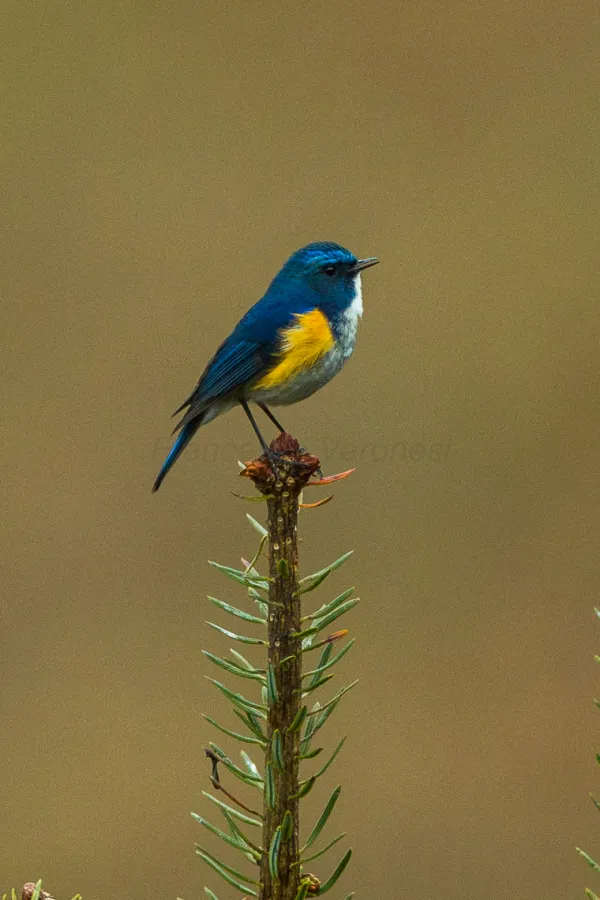
“File:Himalayan Bluetail – Bhutan S4E8069 (19363457675).jpg” by Francesco Veronesi from Italy is licensed under CC BY-SA 2.0.
This bird is considered as of Least Concern on the IUCN Red List.
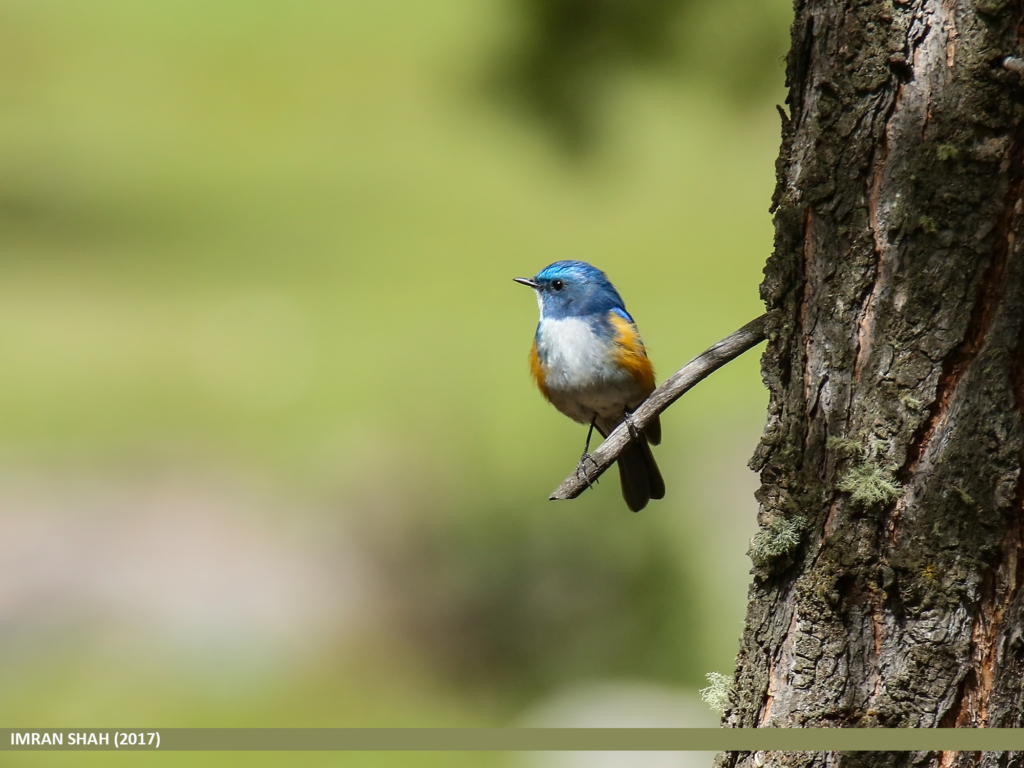
“Tarsiger rufilatus 16967657” by Imran Shah is licensed under CC BY-SA 4.0.
You can watch this bird right here in the video below:




